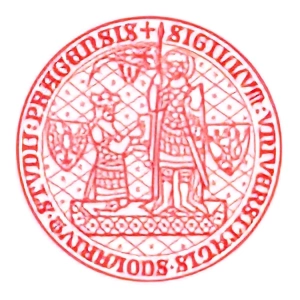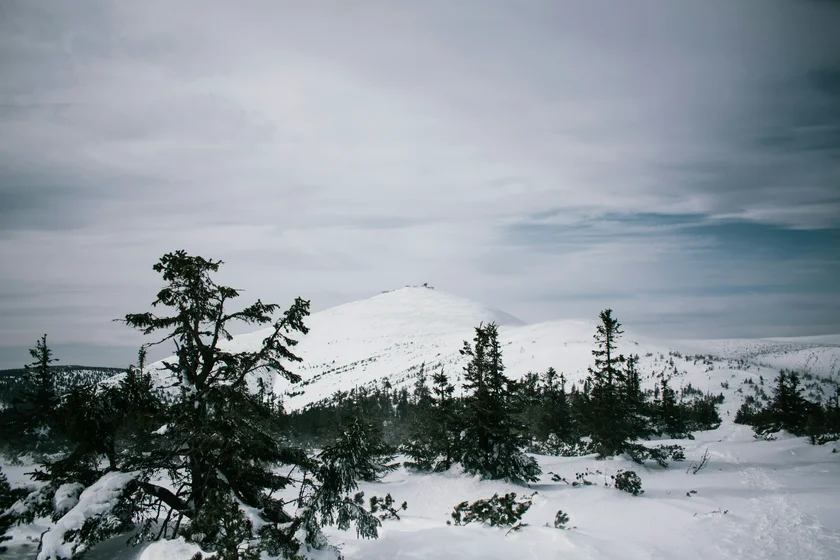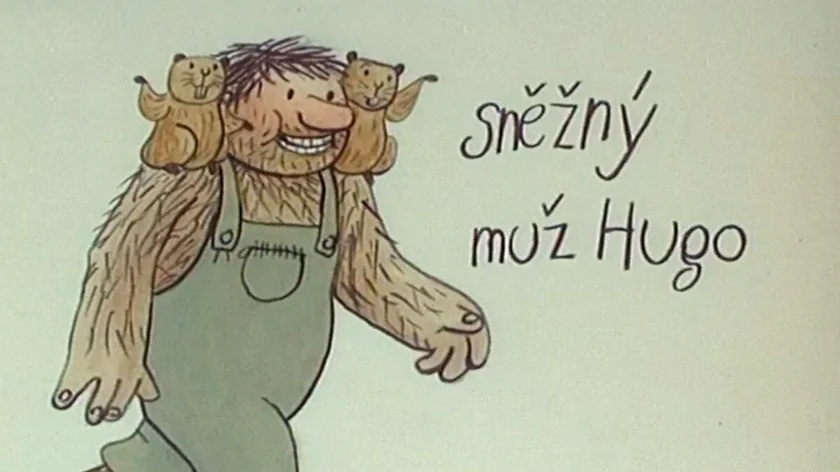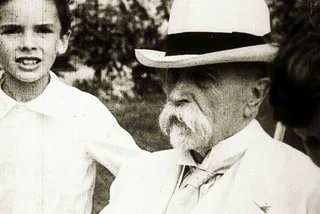The first snow is predicted to fall on Prague this weekend – while other areas of the Czech Republic (particularly the mountains) have already seen a white dusting, city-goers will want to bundle up this weekend.
You might also want to brush up on your snowy-weather Czech. The teaching staff at ÚJOP UK, a department of Charles University specializing in teaching Czech to foreigners, has some cool tips for practicing snow vocabulary.
Zima: One word, three meanings
A range of expressions related to snowy weather use just a single word. Take the word zima – it means both "winter" and "it's cold." So you've already doubled your vocabulary just by learning a single word
- It's winter. = Je zima.
- It's cold. = Je zima.
- I'm cold. = Je mi zima.
Sníh: A wonderland of useful applications
But zima is a small snow bank compared to the glacier-sized versatility of the Czech word for snow, "sníh." Right off the bat, we've got "padá sníh" – "it's snowing." Wonder what falls from the sky during snow? Sněhové vločky – snowflakes.
Now before your head explodes, let us remind you that Czech can be tricky. Words morph and change in different forms, like how "Praha" becomes "v Praze" or "Pražský hrad."
Which brings us back to sníh. In addition to "padá sníh," you can simply say "sněží" when it's snowing. Sound familiar? It should, because that root word is where we get the name Czechia’s highest mountain – Sněžka at over 1600 meters. Its name has taken many forms, which you can read more about here.
All of the variations of the mountain’s name were based on the fact that it is a mountain covered with snow, for example, Sněhovka or Sněžovka; since 1823 until today it has been officially called Sněžka.
Big Foot vs. Snow Man
There is one creature you probably won't see in the Czech Republic, yet we have a Czech name for him – the Sněžný muž (Snow Man), is a mysterious being covered in hair that lives in places of eternal snow and ice. You may also know him as Bigfoot.
And that name is best kept for that creature because we need to save the term "snowman" for another snowy being, one made of three snowballs, with a carrot for a nose and a pot on its head. In Czech, we call it a sněhulák. Speaking of fantasies and fairytales, it is appropriate to mention one of the most famous fairy tale princesses – Snow White, in Czech Sněhurka.
Snow right into spring
The first spring flower that blooms in the Czech Republic while the last snow is still on the ground is associated with snow. It is called sněženka (snowdrop) because it is white like snow. Its Latin name, Galanthus nivalis, also refers to the word for snow (nivalis, meaning of the snow in Latin) and its milk-white color (galanthus, after the Greek words for milk, gala, and flower, anthos). People sometimes confuse it with a flower called bledule (bledý = pale), which also blooms in early spring.
These boots are made for sníh
The last item on this list of snow-related words is clothing. Although we don't get a lot of snow in the lowlands of Czech Republic, we are perfectly equipped when it comes. On one hand, we have special tall, warm snow boots called sněhule, and on the other hand, or foot rather, you'll find a special word for boot covers that distribute your weight and allow you to walk on the surface of deep snow – sněžnice.
As you set out to explore winter wonderlands this weekend, bring your sníh-based words and, if you’re headed for Sněžka, don’t forget your sněhule!












 Reading time: 3 minutes
Reading time: 3 minutes 



















